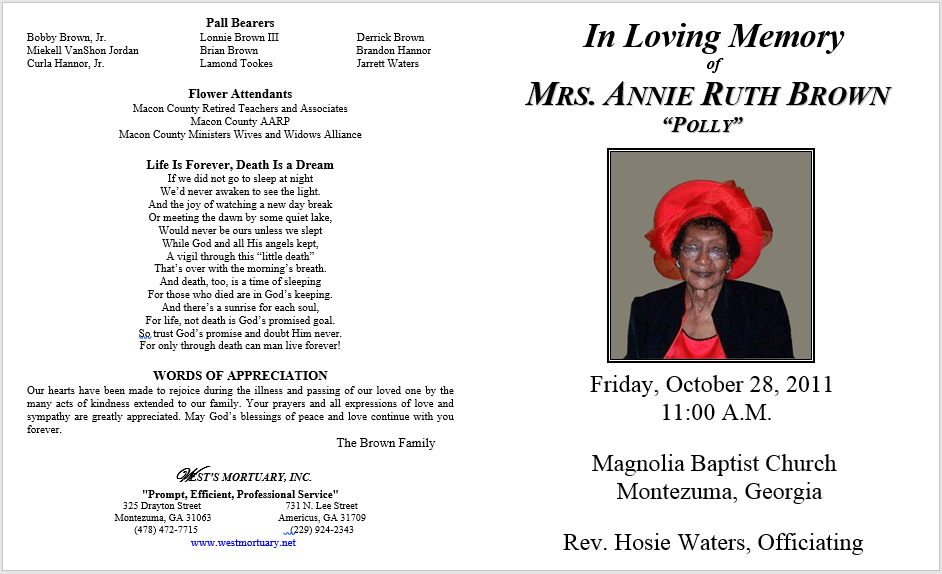In the realm of final farewells, crafting an obituary is an art form that celebrates the life of a departed loved one. Join us as we delve into examples of how to write an obituary, guiding you through the nuances of honoring memories with respect, empathy, and a touch of personalization.
From traditional newspaper announcements to modern online tributes, we’ll explore the diverse landscape of obituaries, empowering you to create a meaningful tribute that captures the essence of your loved one.
Types of Obituaries
Obituaries, once reserved for somber announcements of death, have evolved into diverse expressions of life and legacy. Here’s a look at the different types:
Traditional Obituaries
- Formal and concise, focusing on essential biographical details.
- Typically published in newspapers, featuring a brief summary of the deceased’s life, family, and accomplishments.
- Example: “John Doe, beloved husband, father, and grandfather, passed away peacefully at the age of 85. He will be deeply missed by his family and friends.”
Modern or Contemporary Obituaries
- More personalized and creative, celebrating the unique aspects of the deceased’s life.
- Often include anecdotes, personal memories, and reflections from family and friends.
- Example: “Jane Smith, an extraordinary woman with a passion for art and travel, embarked on her final adventure. Her infectious laughter and warm embrace will forever echo in our hearts.”
Newspaper vs. Online Obituaries
- Newspaper Obituaries:Traditionally printed in local or regional newspapers, reaching a limited audience.
- Online Obituaries:Published on websites or social media platforms, offering wider accessibility and the ability to share memories and condolences.
Structure and Content of Obituaries
Obituaries typically follow a structured format, ensuring essential information is conveyed effectively:
Headline
A concise summary of the deceased’s name and life highlights.
Lead
An introductory paragraph providing the basic biographical details, such as date and place of death.
Body
- Chronological Summary:A detailed account of the deceased’s life, including milestones, achievements, and relationships.
- Anecdotes and Personal Reflections:Sharing unique stories and memories that showcase the deceased’s character and impact.
Closing
A final paragraph expressing condolences, gratitude, or a message of remembrance.
Writing Style and Tone

Obituaries require a respectful and professional tone, while conveying empathy and sensitivity:
Formal Language
- Traditional obituaries often use formal language, avoiding contractions and slang.
- Example: “The deceased is survived by his wife, Mary, and their two children, John and Jane.”
Informal Language
- Modern obituaries may use informal language, capturing the deceased’s personality and relationships.
- Example: “John was a die-hard Red Sox fan who loved nothing more than grilling hot dogs with his buddies.”
Empathy and Respect
Obituaries should convey empathy and respect for the deceased and their family. Avoid sensationalizing or making judgments.
Personalizing Obituaries: Examples Of How To Write An Obituary
Personalizing obituaries adds depth and meaning, celebrating the unique life of the deceased:
Anecdotes and Memories
- Share personal stories and anecdotes that highlight the deceased’s character and experiences.
- Example: “Mary was known for her infectious laughter and her ability to make everyone around her feel loved.”
Quotes and Poems
- Include meaningful quotes or poems that reflect the deceased’s values or beliefs.
- Example: “In the words of Maya Angelou, ‘I’ve learned that people will forget what you said, people will forget what you did, but people will never forget how you made them feel.'”
Personal Touches
- Add personal touches, such as favorite hobbies, music, or travel destinations.
- Example: “John had a passion for hiking and spent many weekends exploring the Appalachian Trail.”
Legal Considerations
Obituaries should adhere to legal guidelines to avoid defamation or invasion of privacy:
Consent
- Obtain consent from family members before publishing personal information in an obituary.
Accuracy
- Ensure the information in the obituary is accurate and verified.
Defamation, Examples of how to write an obituary
- Avoid making false or defamatory statements that could damage the reputation of the deceased or their family.
Ultimate Conclusion
Writing an obituary is a profound act that not only informs others of a passing but also serves as a lasting testament to a life well-lived. By embracing the guidance provided in this comprehensive guide, you can craft an obituary that honors your loved one’s legacy and provides solace to those who mourn their absence.
FAQ Summary
What are the key elements of an obituary?
A well-crafted obituary typically includes a headline, lead paragraph, body, and closing, providing essential information about the deceased, their life, and their passing.
How can I personalize an obituary?
Personalization is key in creating a meaningful obituary. Incorporate personal anecdotes, memories, quotes, or other elements that reflect the unique character and experiences of your loved one.
What are some legal considerations when writing an obituary?
It’s important to obtain consent from family members before publishing an obituary. Additionally, ensure accuracy and avoid defamatory statements to prevent potential legal issues.